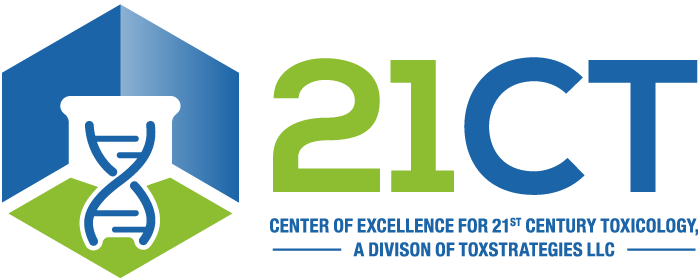Urban JD, Vargas G, von Zastrow M, Mailman RB. 2007. Aripiprazole has functionally selective actions at D2 receptor-mediated signaling pathways. Neuropsychopharmacol 32(1):67-77; doi: 10.1038/sj.npp.1301071. PMID: 16554739.
Abstract
Aripiprazole is a unique atypical antipsychotic drug with an excellent side-effect profile presumed, in part, to be due to lack of typical D(2) dopamine receptor antagonist properties. Whether aripiprazole is a typical D(2) partial agonist, or a functionally selective D(2) ligand, remains controversial (eg D(2)-mediated inhibition of adenylate cyclase is system dependent; aripiprazole antagonizes D(2) receptor-mediated G-protein-coupled inwardly rectifying potassium channels and guanosine triphosphate nucleotide (GTP)gammaS coupling). The current study examined the D(2L) receptor binding properties of aripiprazole, as well as the effects of the drug on three downstream D(2) receptor-mediated functional effectors: mitogen-activated protein kinase (MAPK) phosphorylation, potentiation of arachidonic acid (AA) release, and D(2) receptor internalization. Unlike quinpirole (a full D(2) agonist) or (-)3PPP (S(-)-3-(3-hydroxyphenyl)-N-propylpiperidine hydrochloride, a D(2) partial agonist), the apparent D(2) affinity of aripiprazole was not decreased significantly by GTP. Moreover, full or partial agonists are expected to have Hill slopes <1.0, yet that of aripiprazole was significantly >1.0. Whereas aripiprazole partially activated both the MAPK and AA pathways, its potency vs MAPK phosphorylation was much lower relative to potencies in assays either of AA release or inhibition of cyclic adenosine 3′,5′-cyclic monophosphate accumulation. In addition, unlike typical agonists, neither aripiprazole nor (-)3PPP produced significant internalization of the D(2L) receptor. These data are clear evidence that aripiprazole affects D(2L)-mediated signaling pathways in a differential manner. The results are consistent with the hypothesis that aripiprazole is a functionally selective D(2) ligand rather than a simple partial agonist. Such data may be useful in understanding the novel clinical actions of this drug.
